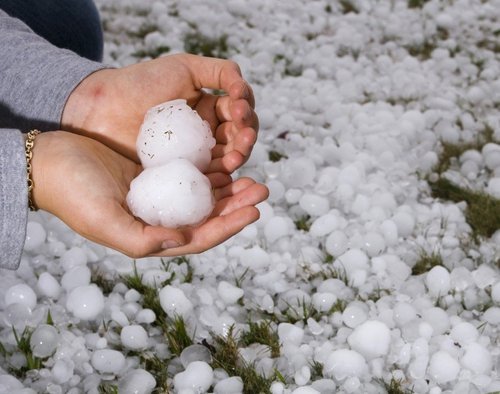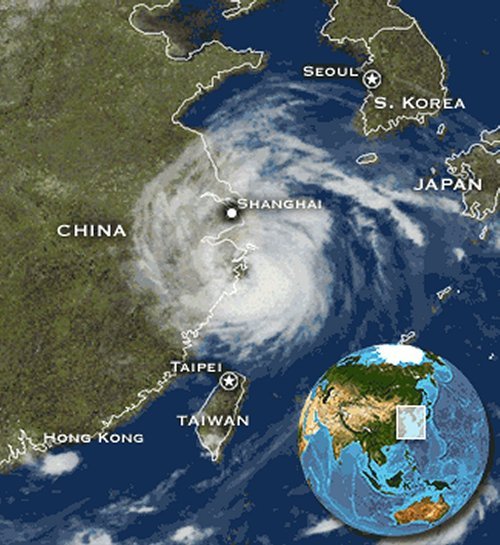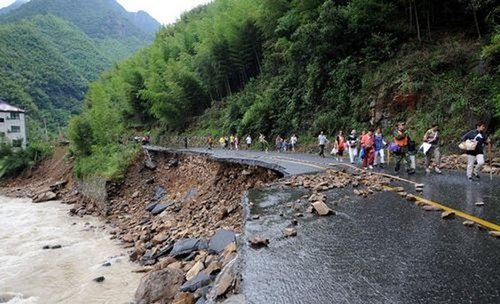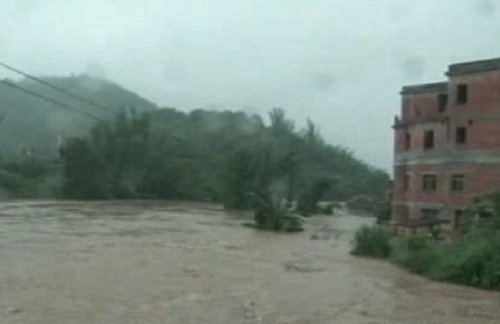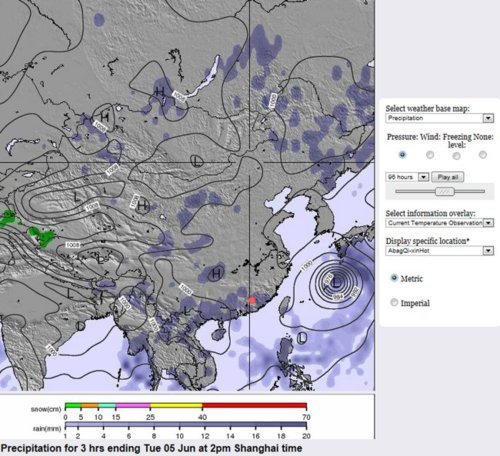Tropical Storm Erick
On Friday a tropical storm – tropical storm Erick, formed off Mexico’s coast, over the Pacific Ocean. Erick has been hugging Mexico’s west but staying over the Pacific. Since it has been staying over warm sea surface temperatures (SST) of about 28-29°C, Erick has had the chance to strengthen and is expected to become a hurricane. It currently has sustained winds around the 80km/h mark. But because of its proximity to land, SSTs gradually decreasing as you head north and a bit shear present, Erick is only expected to intensify into a category one hurricane this weekend. Mexico’s west coast is not in the clear though, cities and resorts such as Manzanillo, Tecomán and Puerto Vallarta are expected to receive heavy, possibly flooding rains from Erick’s outer bands. A hurricane watch has been issued for the region because of Erick.
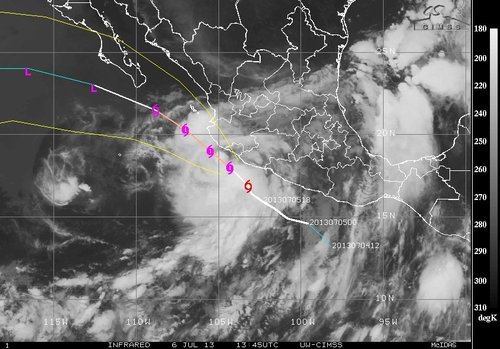
After a few days of being close to the coast Erick is expected to take a left turn into the wide open Pacific Ocean and will succumb to its death as SSTs are much cooler and shear will tear the storm apart.
More Flooding in China
In other weather news, China has yet again faced severe flooding because of torrential rains that inundated eastern China and southwestern China. In the southwest it was not uncommon to see 24 hour rainfall accumulations of 200mm from the monsoonal rains. In the east, Shenyang was the hardest hit city where streets were flooded out and houses inundated. The flooding is blamed for 39 deaths this past week in China.
A few sunny days this weekend should let things dry out before the chance of rain will increase again early next week in Shenyang.

